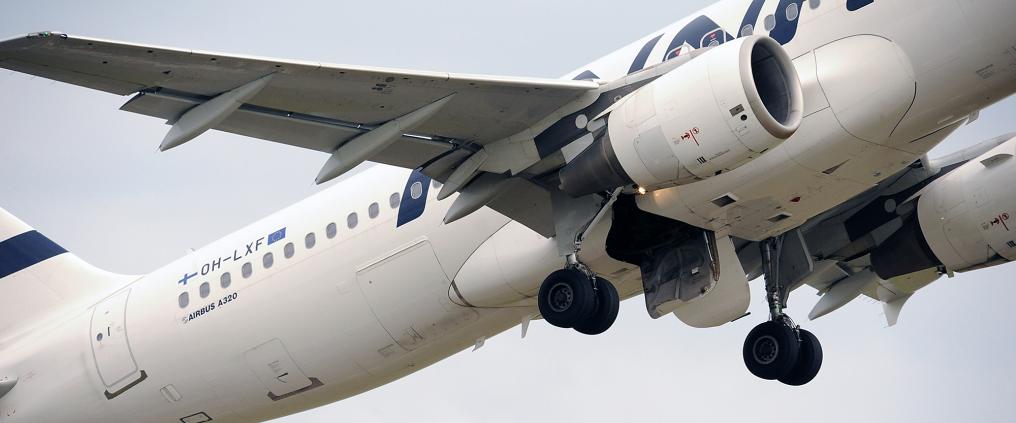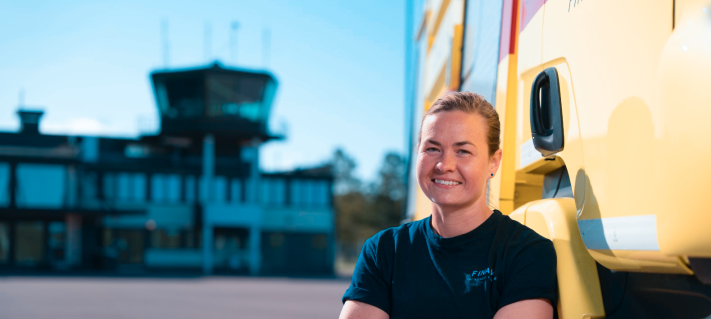While staring out the window during a flight – and perhaps taking a few Instagram photos –have you ever wondered why airplane windows are oval-shaped instead of square like what you might have at home? There’s an interesting story behind it.
As commercial air travel took off in the 1950s, carriers began to fly at higher altitudes. With lower air density at those heights, less drag is created for airplanes. This ultimately contributes to savings for airlines. But for passengers to be able to breathe at 30,000 feet, the cabin had to be pressurized.
With lower air density at those heights, less drag is created for airplanes.
It was during this time that the de Havilland Comet came into fashion. The British-made narrow-body jet airliner was able to go higher and travel faster than other midcentury aircraft due to its pressurized cabin. Its square windows, however, were to be its downfall.
Two de Havilland planes fell apart in midair in 1954 – Flight 781 from Rome and Flight 201, bound for Johannesburg – resulting in tragedy. The differences in pressure inside and outside the plane had caused the fuselage of the aircraft to weaken and expand slightly.
Dangerous levels of stress build up on the corners of such windows.
With four corners, each of the square windows of the de Havilland Comet had four potential weak spots: Dangerous levels of stress build up on the corners of such windows. When corners on a square window are subjected to repeated pressurization, this can lead to disaster. Round windows, on the other hand, drastically reduce the chances of pressure building up.
While these high-profile accidents caused the de Havilland’s popularity to plummet, they also led to rival manufacturers heeding lessons from them and improving aircraft design. Today, all planes have rounded windows and go through rigorous safety tests before they’re allowed to take to the skies.



